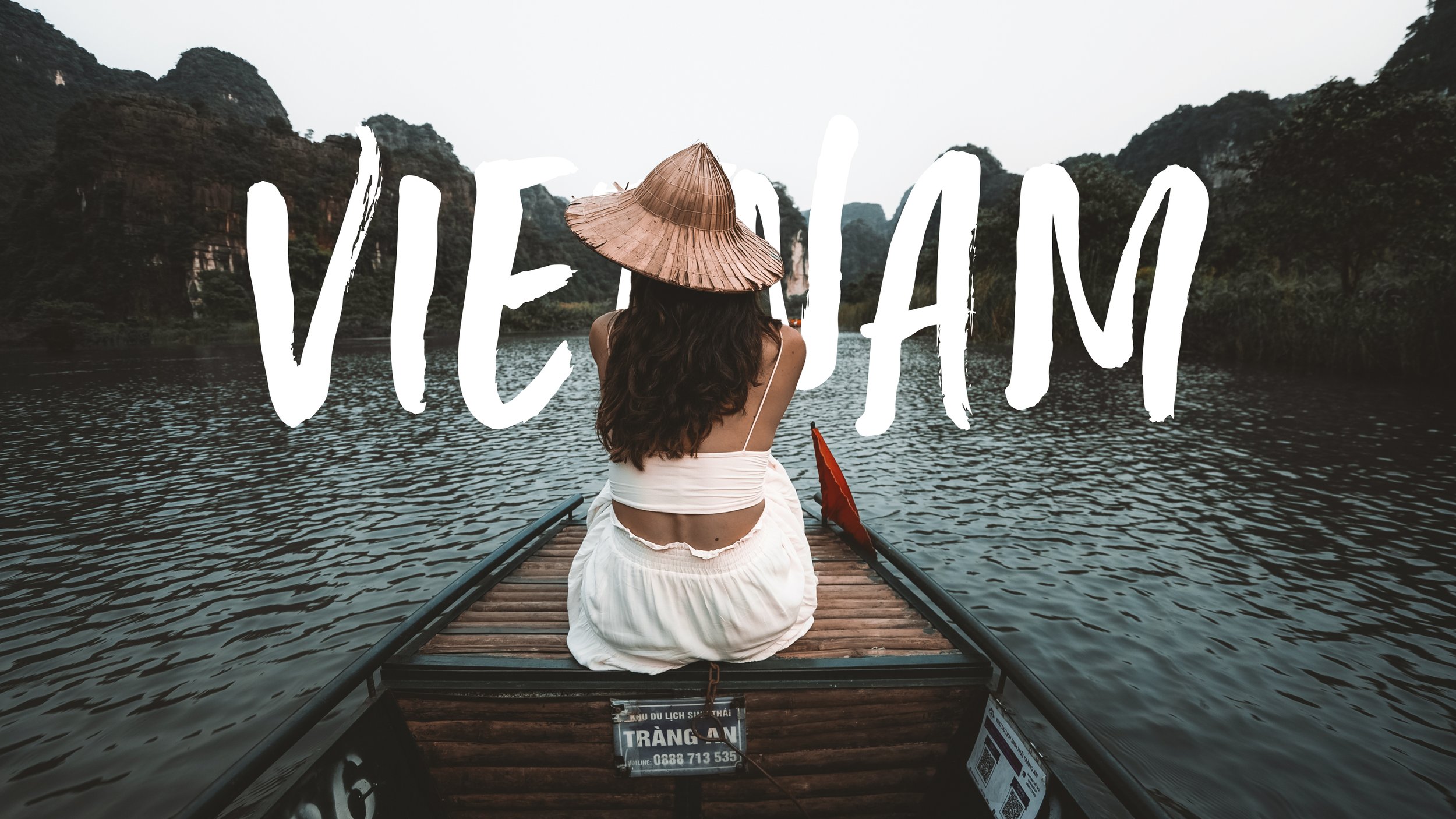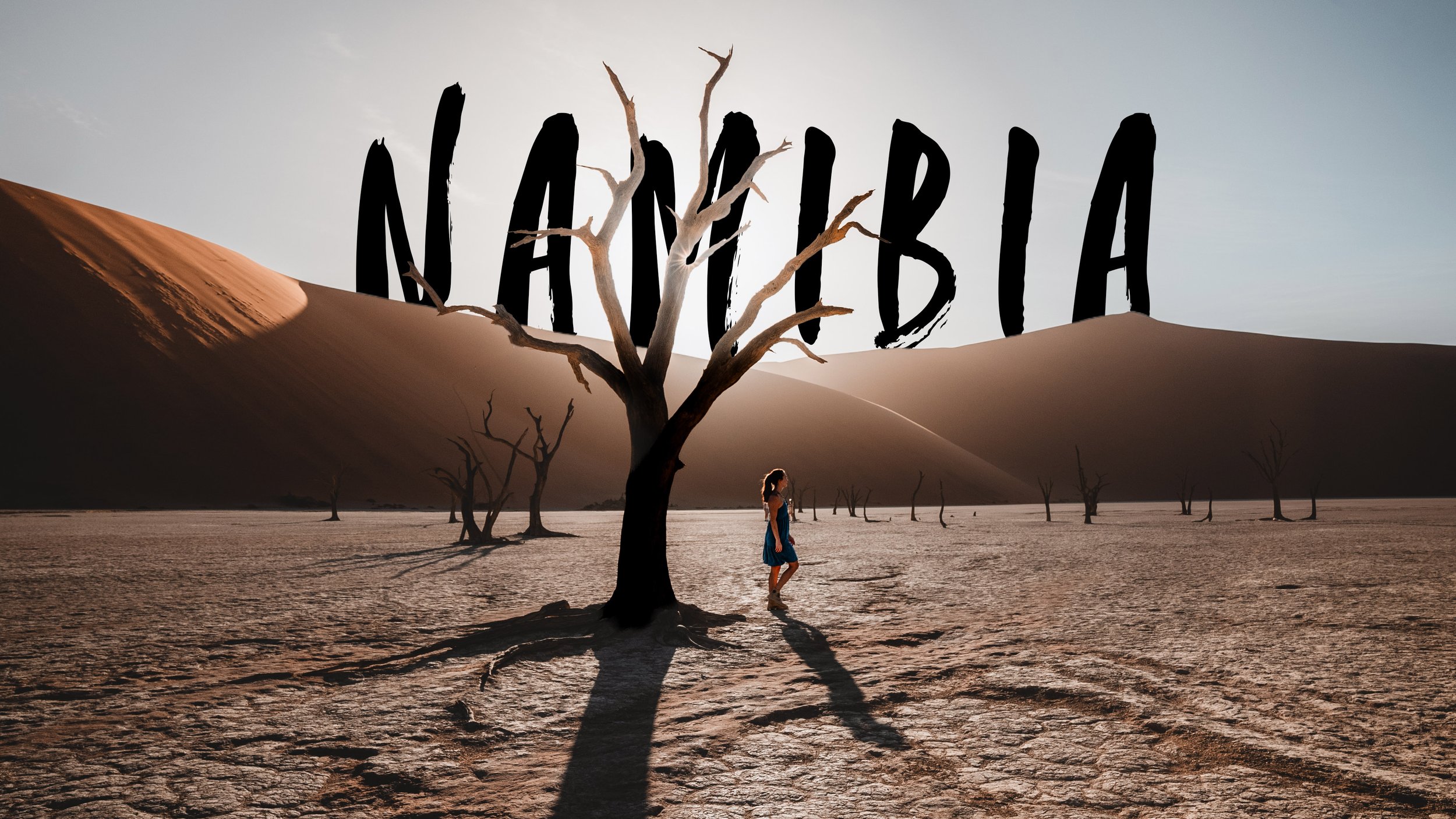
ABOUT BUENOS AIRES
This is not a city that sits still or plays it safe. It’s raw, loud and lyrical. It dances between crumbling beauty and spontaneous street art, late-night Malbec and conversations that go way deeper than small talk.
But more than the sights, more than the food: it was the energy of the people that stayed with us. Porteños (as locals are called) carry a fire in their chest and a softness in their voice. They’ll argue politics with strangers, share a mate with friends, and welcome you like they’ve known you for years. Even in a city this big, we never once felt alone.
If Buenos Aires is on your list, good. If it’s not, it should be.
Here’s what we found in the city of passion, poetry, and perfectly timed chaos.
PALERMO
If Buenos Aires had a pulse, it would be Palermo. Or better yet, multiple pulses. Palermo is huge, and its personality shifts block by block, but it is always vibrant. In Palermo Soho, it’s all about color and creativity. You’ll find street art covering entire buildings, independent bookstores like Eterna Cadencia, and boutique concept stores where you’ll lose track of time. In Palermo Hollywood, things get a little more grown-up: wine bars, rooftop lounges, and late-night eateries where the vibe is as important as the food. Palermo is perhaps the most known area of Buenos Aires, but can’t be missed.
We recommend staying at Selina Palermo, a social-but-chill base perfect for solo travelers or couples. Comfy beds, a lively coworking space, and a rooftop where strangers turn into friends.
Our food and drinks recommendations, lined up: For coffee: Cuervo Café is a minimalist dream with the best flat white in town. For breakfast, lunch or brunch: Daniel Bakery, usually busy for a reason. And for dinner we recommend Niño Gordo. Make sure to get a reservation in advance for this one! And for (late night) drinks, Rabia bar is a good option.
VILLA CRESPO / CHACARITA
Just beyond the buzz of Palermo, Villa Crespo and neighboring Chacarita offer something Buenos Aires does best: authenticity without trying too hard. This is a part of the city without a filter. The pace slows, the colors fade just a little, and you start to feel like you’re part of something local, something lived-in. It’s here that porteños drink their mate everywhere, and interact with each other wherever the eye lands. Not for show, but because that’s just what they do.
Villa Crespo is where we found quiet cafés that turned into long conversations, murals that made us stop mid-step, and corner stores with the kind of (Milanesa) sandwiches you only find when you stop Googling and start wandering.
Keep walking, and you’ll drift naturally into Chacarita, a neighborhood with a feeling that’s slower, deeper. This neighborhood hums with creative energy. New bars and record stores sit beside mechanic shops that haven’t changed in decades. Have a typical vermouth cocktail at Bar Guevar, or drink a coffee at Jungla Café y plantas: part coffee bar, part plant store - typical’ Buenos Aires. Great food options are: Anchoita, Guevar restaurant (same as the bar) or GUCHITO Taller de sanguches.
RECOLETA
Recoleta is where the city dresses up. Wide boulevards, French architecture, leafy plazas. But don’t let the old money vibe fool you: Recoleta has depth. Start at Cementerio de la Recoleta, where mausoleums rise like miniature cathedrals and stories echo between marble walls. Walk past Floralis Genérica, a giant steel flower that opens with the sun, and end up in Plaza Francia on a Sunday for local art and live music.
For a classy but cozy stay, Hotel Club Frances matches this old-world charm. On a budget? We’d recommend MONS (with a view of the cemetery, if you are lucky). Grab a late breakfast at Jardín de Invierno, and for dinner, go to La Biela Recoleta. End(ed) up at Buller for a deserved drink. Recoleta is perfect for wandering, writing, or just people-watching in a café until the sun dips behind the jacaranda trees.
PUERTO MADERO & MONSERRAT
Puerto Madero feels like a different city. Sleek and structured. Built on old docks, now lined with modern architecture, polished walkways, and expensive restaurants. It’s not where we felt the soul of Buenos Aires, but it’s a good place to catch your breath. Walk across the Puente de la Mujer (the Woman’s Bridge), visit Reserva Ecológica Costanera Sur for a surprising slice of wild nature wich is a nice contrast to the busy city, and grab sunset drinks at Cabaña Las Lilas, where the waterfront views pair well with a glass of Malbec.
Monserrat, just a few blocks away, is the opposite: chaotic, political, full of noise and tension. It’s where revolutions were born and banners still wave in protest. Here you’ll find Casa Rosada, the presidential palace, and Plaza de Mayo, where history still lives in the footsteps of the Mothers of the Disappeared. It’s intense, but its Baires in its core.
Stay nearby at Hotel UTHGRA de las Luces, if you want walking access to the historic core without breaking the bank. For a quick, local bite: try Café Tortoni, one of the city’s oldest cafés, where the walls have seen more than most history books. Good coffee you will find at La Poesía, and arguably the best pizza in town is Pizzería Güerrín.
Porteños during a ‘marcha’, a political demonstration.
FOOTBALL GAME & BOMBA DEL TIEMPO
Not one, but two bonuses to top of this world class city. The first one is a football game. We visited a Boca Juniors’ game, which is unlike one we’ve ever experienced. The atmosphere, energy, people, it truly is a once-in-a-lifetime experience.
Another great option is La Bomba de Tiempo, a music group that performs often in Buenos Aires. Its not just any music group, its a musical experience. If you’re lucky and they play whilst in Buenos Aires, you shouldn’t miss it.
La Bombonera, the home turf of Boca Juniors.
Hi, we are Bren and Tess! We travel to the most beautiful places in the world, and with our video's, we hope you feel inspired to do the same.


















